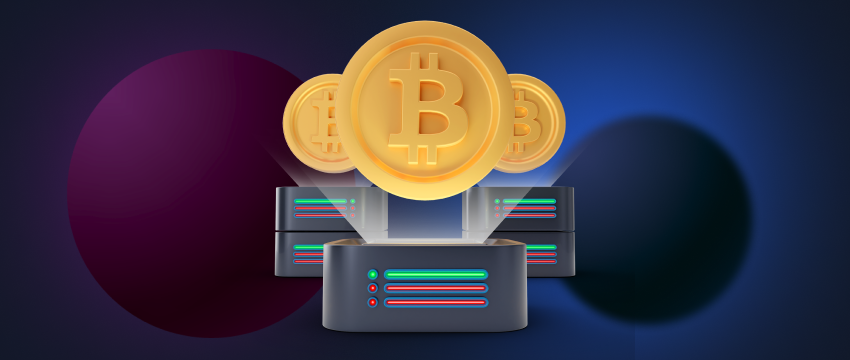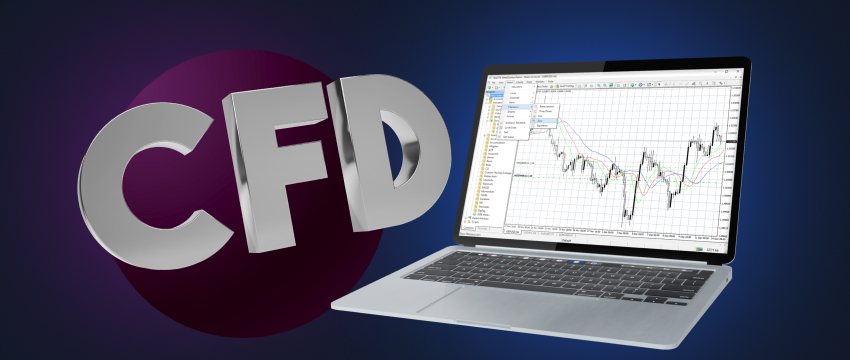To venture down the path of cryptocurrency trading, one needs a good understanding of what trading typically entails. We’ll be looking at both topics in this article.
Trading in the financial markets
Investors and traders turn to different financial markets to trade a variety of financial instruments. This includes currency pairs, stocks, indices, metals, commodities, cryptocurrencies, and others. They both do this to generate potential profits.
However, how they do this usually differs, particularly in terms of strategy and time horizon. Investors typically look to make a return over a lengthier period (months, years, or decades). In contrast, traders seek to leverage market volatilities, opening and closing multiple positions more often, and accumulating profit with each trade.

Trading strategies
A range of trading strategies exist and can be applied to all types of financial instruments, including cryptocurrencies. The strategies typically dictate, to some extent, the way traders enter and exit positions over specific timeframes. Some of the most popular trading strategies are:
- Day trading: the trader usually tries to make gains from short-term price fluctuations for a specific financial instrument. Day traders may execute many trades frequently throughout 24 hours, but close positions before the trading day concludes. Day trading can be profitable but comes with significant risk. Constant vigilance is required to avoid losing large amounts of capital.
- Forex scalping: a forex scalper generally enters and exits multiple short-term positions, accumulating profit from smaller, recurring trades. It requires considerable time and the use of technical analysis.
- Swing trader: a swing trader looks to hold onto a position for longer periods. This could be hours or days, or even more. They do this to buy at ‘swing lows’ and sell at ‘swing highs’, or vice versa. This may expose the trader to overnight or weekend market risks when price gaps may occur, incurring potential losses if not properly monitored.
- Position trader: position trading is one that spans extended timeframes (days to years). A position trader will look for trends from which to profit. They try to identify optimal entry and exit points in advance. They may also hold onto an investment until the trend peaks, at which point they oftentimes sell.

Technical analysis and cryptocurrencies
Technical analysis is one of the most popular tools used by traders to make trading decisions. It can be applied to most financial markets and is often used by global cryptocurrency traders. This is largely because the crypto market is a highly volatile space and primarily driven by speculation. This makes the implementation of technical analysis tools highly useful.
Cryptocurrency trading via CFDs
A CFD (Contract for Difference) is essentially a financial agreement between a buyer and seller that instructs the buyer to pay to the seller the difference between the initial value of an asset and its value when the CFD is entered into. Through CFDs, traders can speculate on price movements without taking ownership of the underlying asset. Speculating on cryptocurrency price fluctuations via CFDs or buying and selling the underlying coins on an exchange is known as crypto trading.
레버리지
Crypto CFD trading is typically a highly leveraged activity. Leverage enables a trader to open larger positions than what their account balance would typically facilitate. In essence, it is the act of borrowing money with the hope of maximising returns. Leverage is however highly volatile and the risk of losing a massive sum of money is substantial. This applies to crypto trading just as much.
How to trade crypto CFDs
The steps to starting your trading journey are relatively simple.
Find a reliable cryptocurrency CFD broker
As with trading any type of financial instrument, choosing a reputable trader is key. Seek out as much information as you can on the CFD broker through customer reviews and testimonials. Examine their website and ensure the information is easy to understand and totally transparent, particularly in terms of fee structures, accounts, and spreads.
계정 개설하기
Once you’ve selected your broker, you can then proceed to open a trading account with them. In all likelihood, there may be KYC criteria to meet, most of which are relatively straightforward and easy to comply with.
거래 진입 또는 청산의 기준이 되는 변수를 설정하는 트레이딩 계획을 세웁니다.
Regardless of your choice of tradable instrument, having a proper trading plan in place is crucial to your success.
Key components of a trading plan:
- Define your trading objectives. Establish what it is you want to achieve through trading. Understanding your goals will help you stay focused and make better trading decisions.
- Establish your preferred style of trading that best fits your character, budget, time available to trade, and most importantly, tolerance for risk.
- Incorporate risk management measures to manage market-related volatilities and price fluctuations, and to minimize unanticipated losses.
- Track your trading performance. Analyse your trades and journal trading outcomes. Establish what worked well, and what had an adverse result. Use the information to adjust your trading strategy where and when necessary. Set benchmarks and key metrics to measure your performance and identify areas for improvement.

Keep learning
If you’re only now venturing into cryptocurrency trading, investing time into learning as much as you can about this space is vital. In the process of selecting a broker, establish to what extent they can help you widen your scope of knowledge. Ascertain the educational resources they provide to continuously boost your skills and expertise.
T4Trade 아카데미
T4Trade is a powerful global broker that offers a wide range of tradeable instruments across several asset classes. Its Academy provides access to unique trading insights via webinars, podcasts, videos-on-demand, e-books, and Live TV. The information provided caters to beginner and professional traders and is delivered by experts to enhance your trading strategies.
In conclusion
The cryptocurrency market is an exciting space for cryptocurrency traders. It offers many opportunities for generating profitable returns, provided you remain mindful of the risks involved. Be vigilant of the drawbacks of cryptocurrency trading and ensure you have a proper strategy in place to handle whatever challenges are thrown your way. Always monitor the markets, follow the news, and stay informed.
Disclaimer: This material is for general informational & educational purposes only and should not be considered investment advice or an investment recommendation. T4Trade is not responsible for any data provided by third parties referenced or hyperlinked, in this communication.




